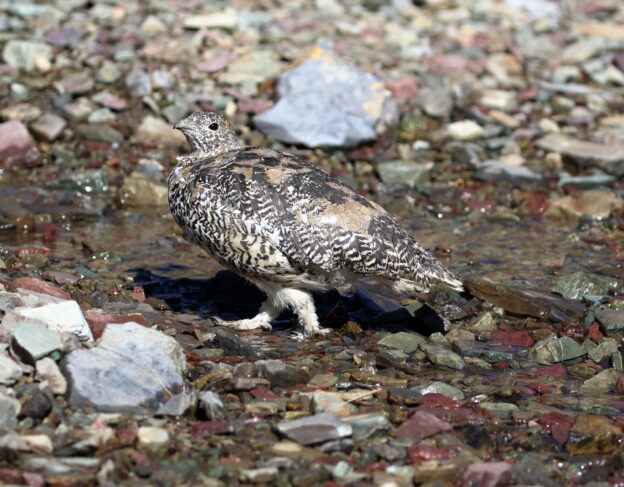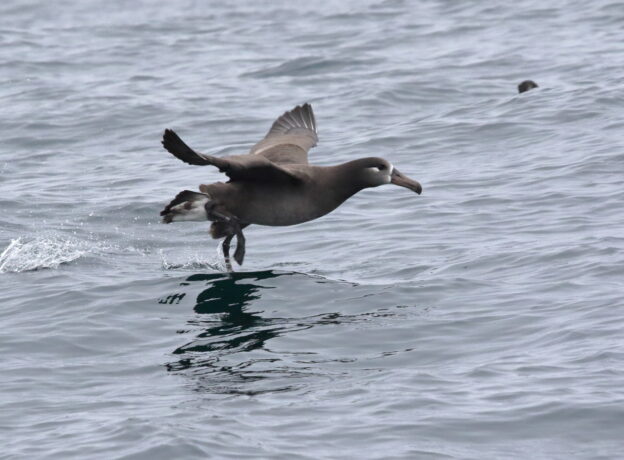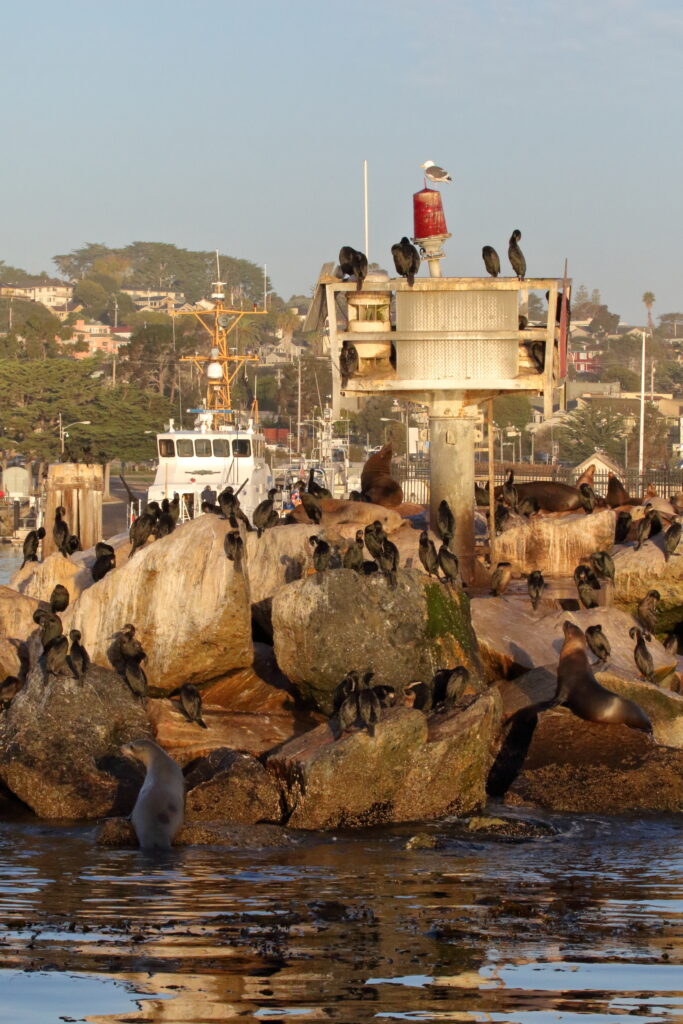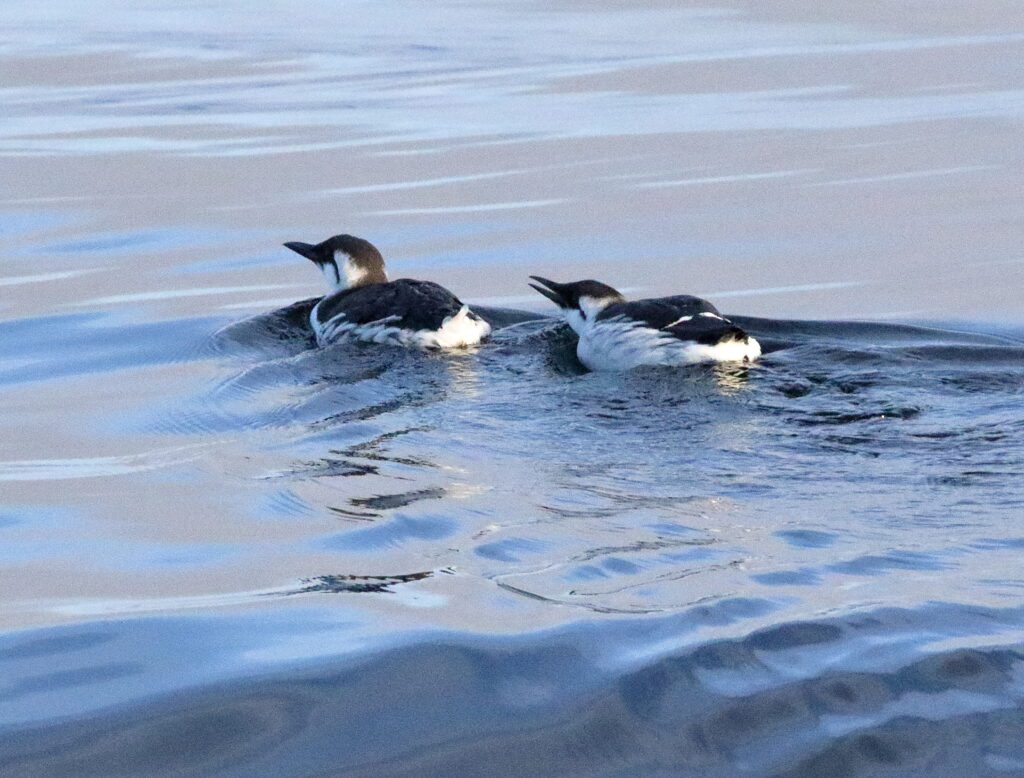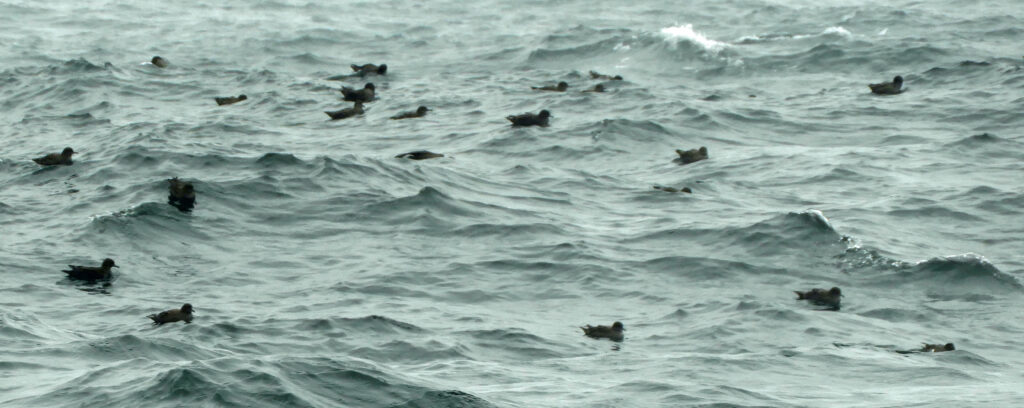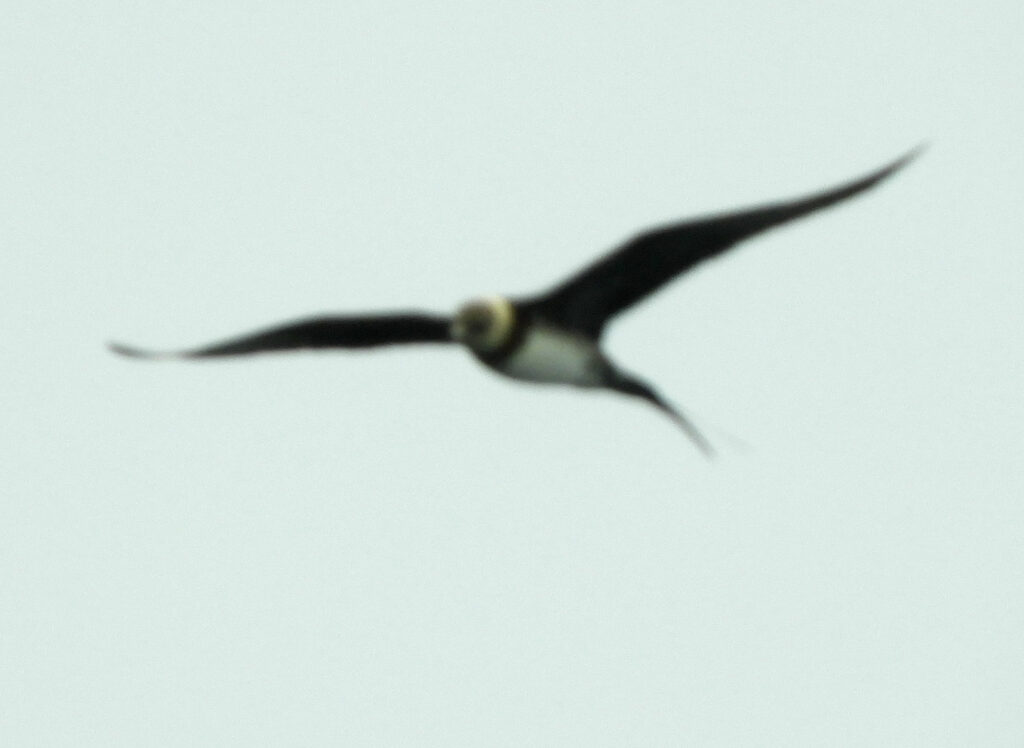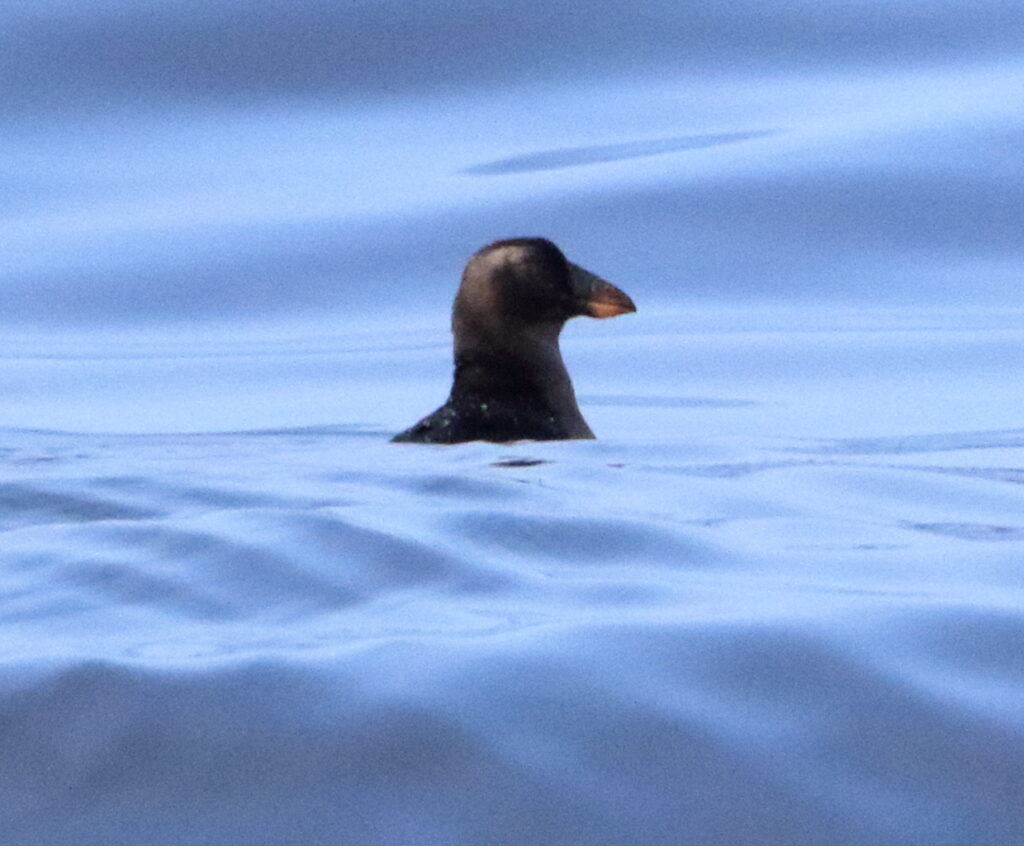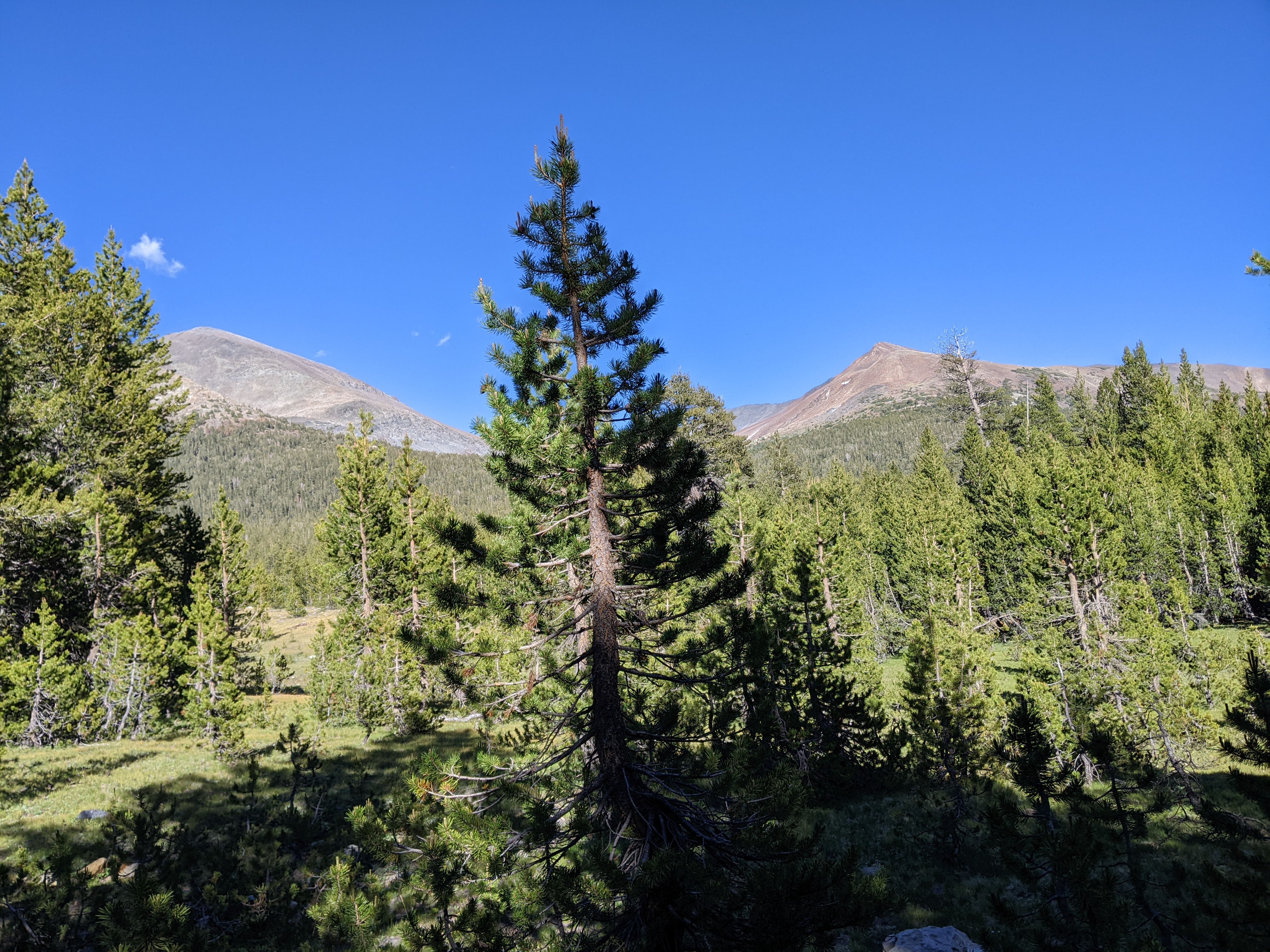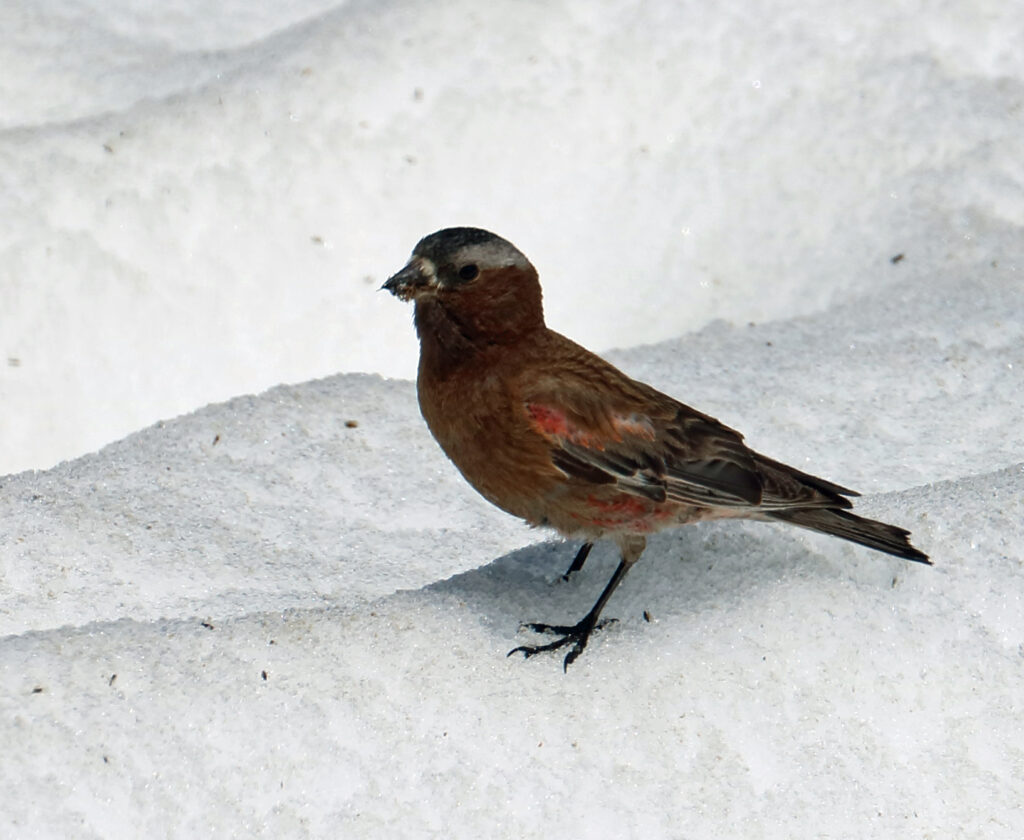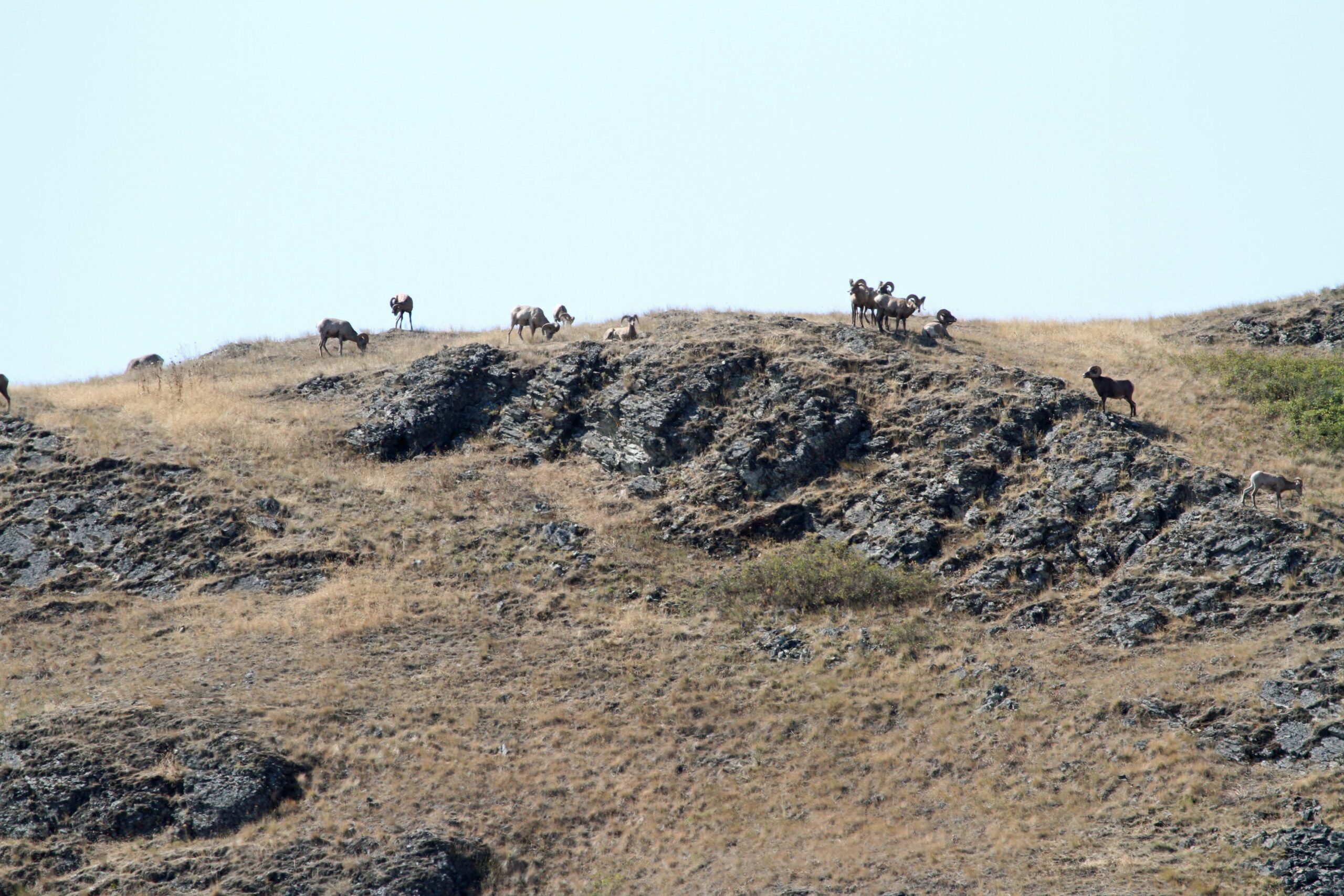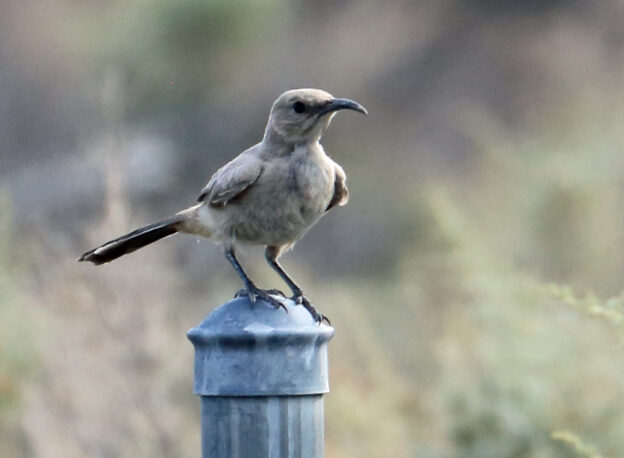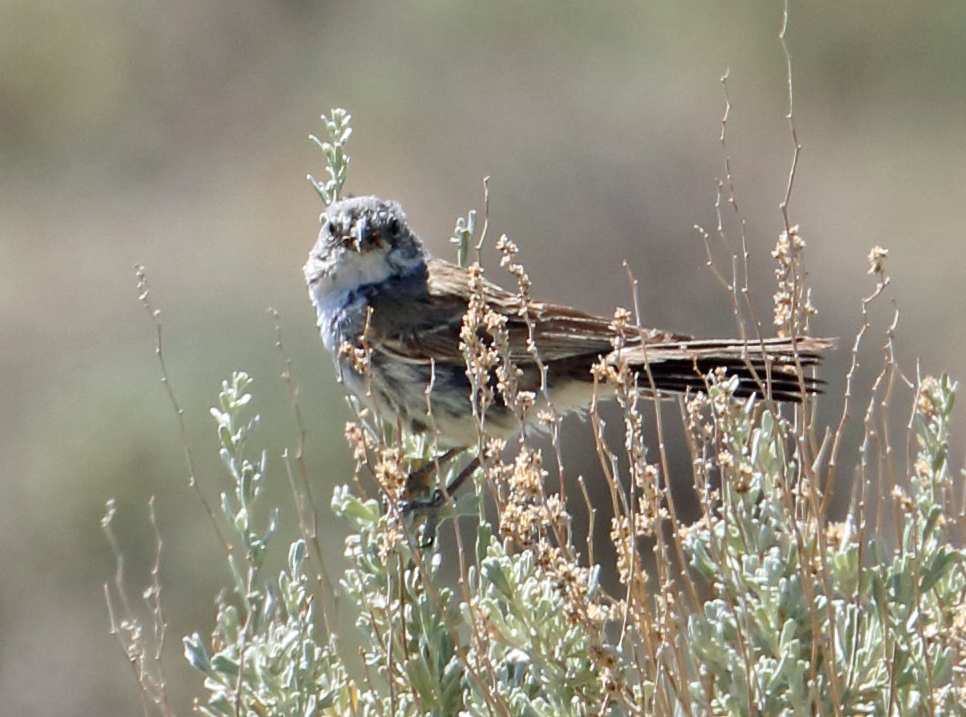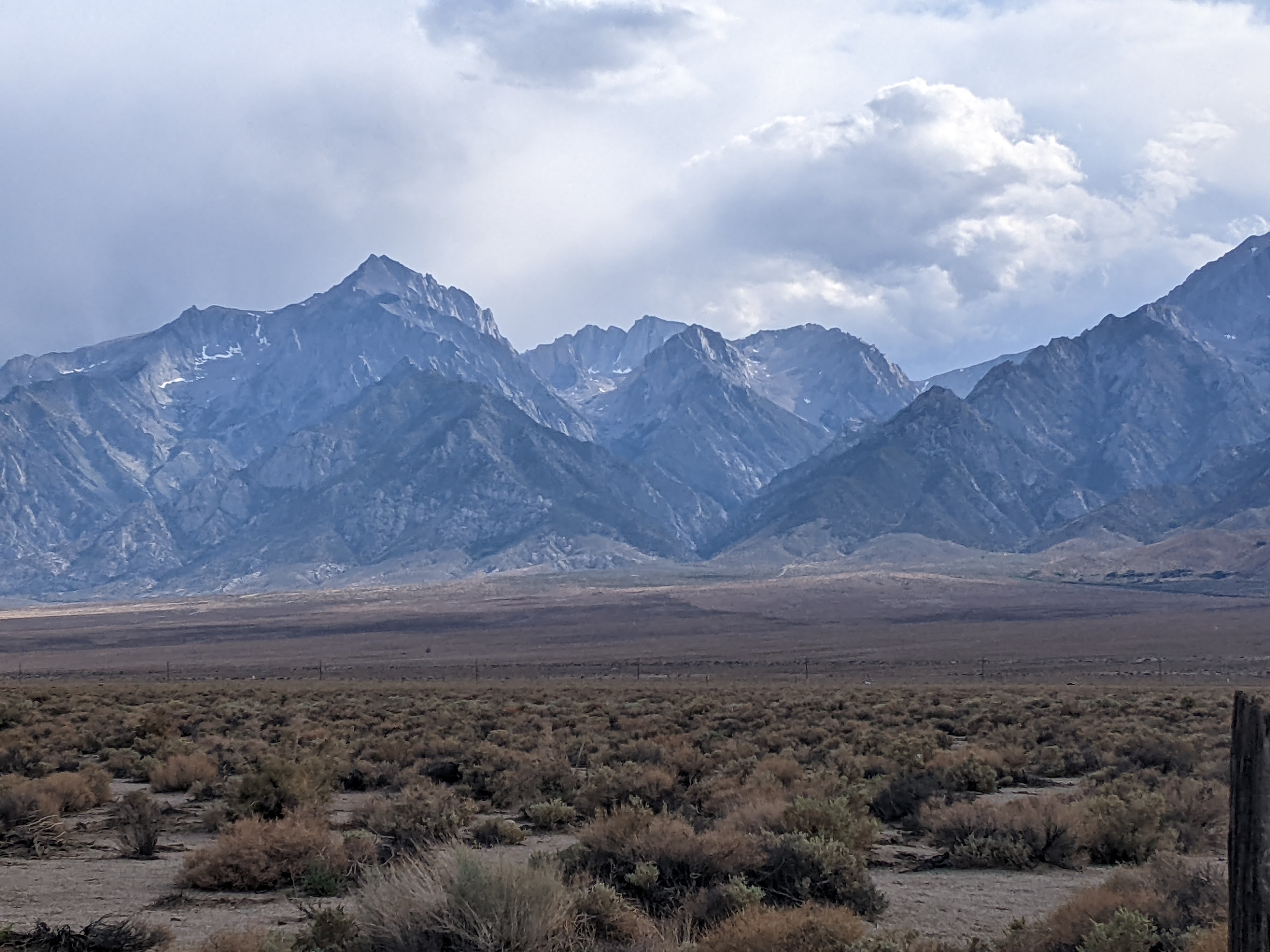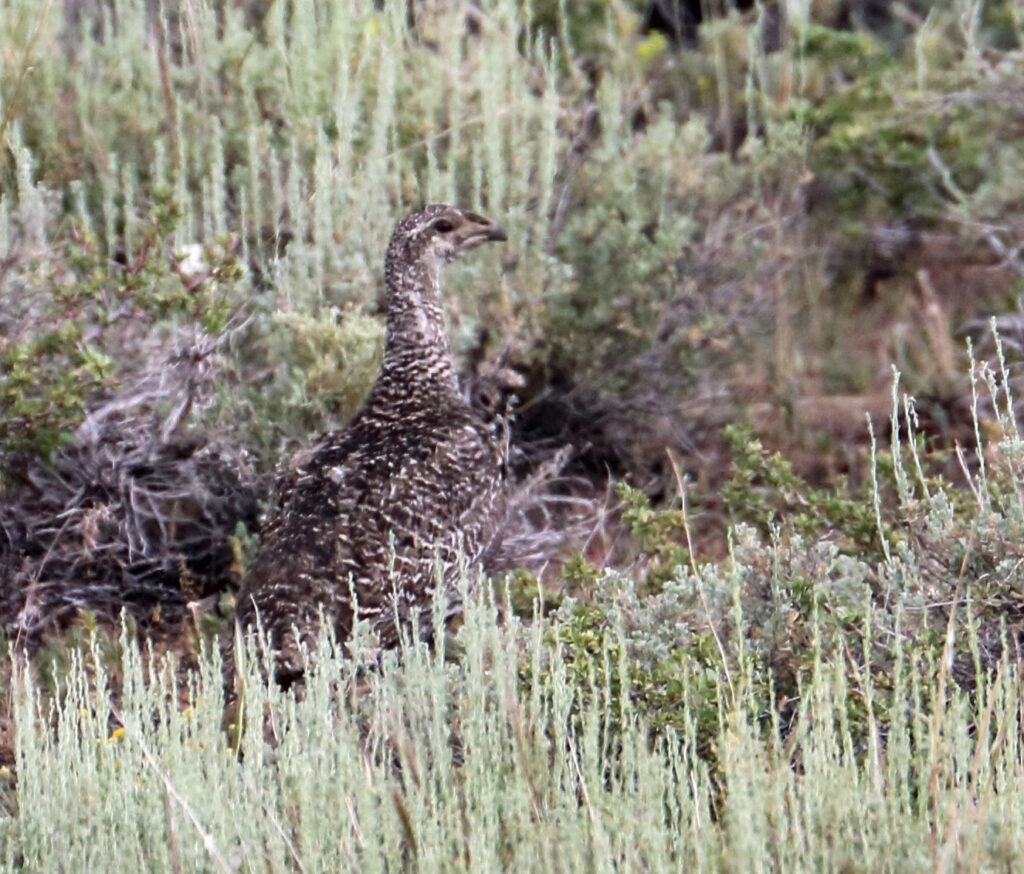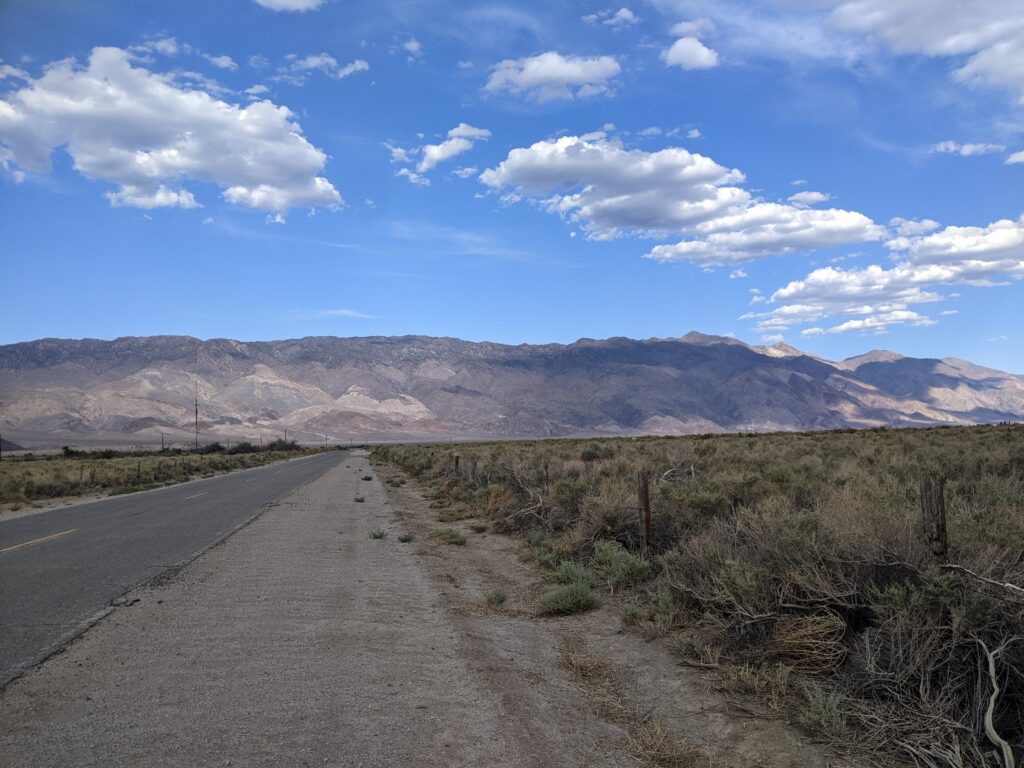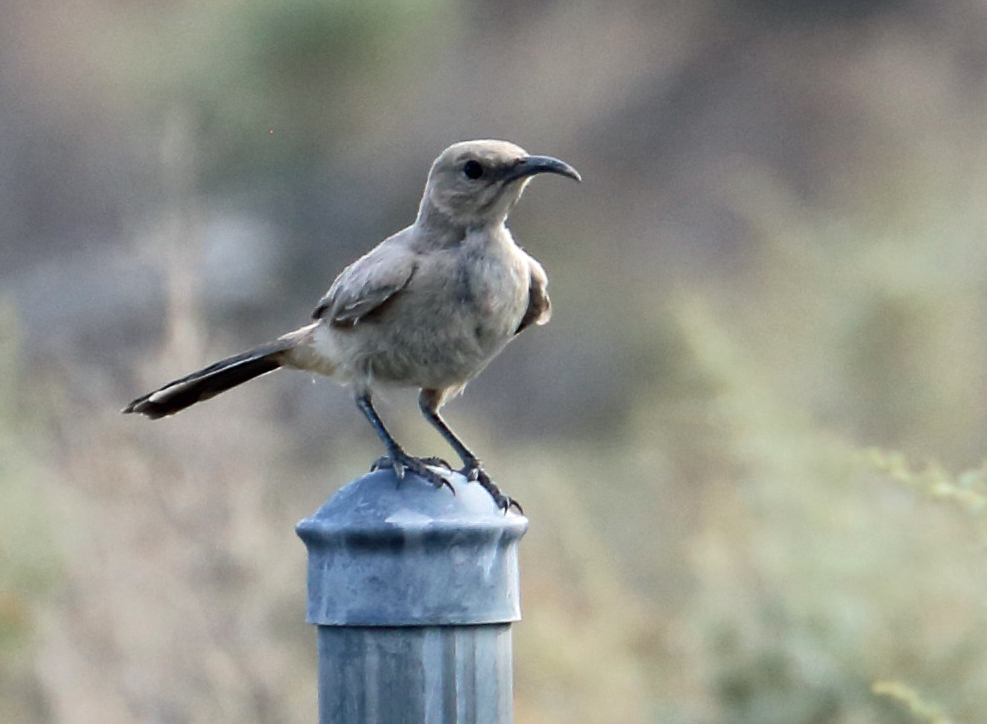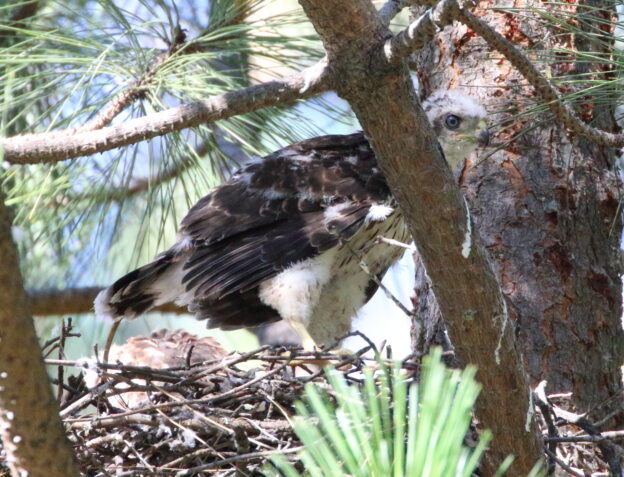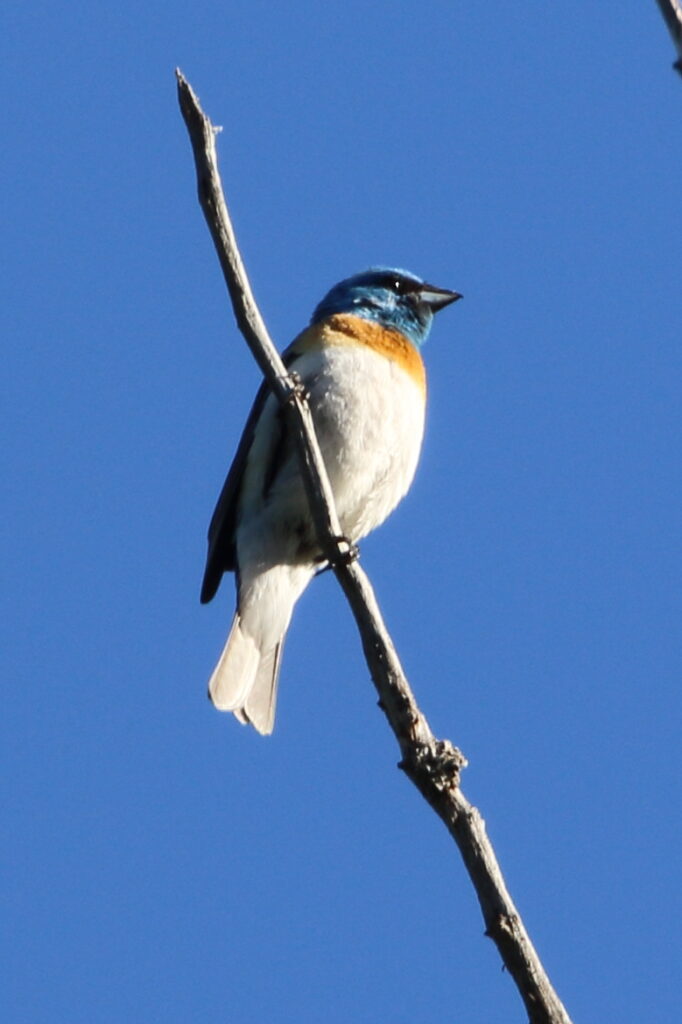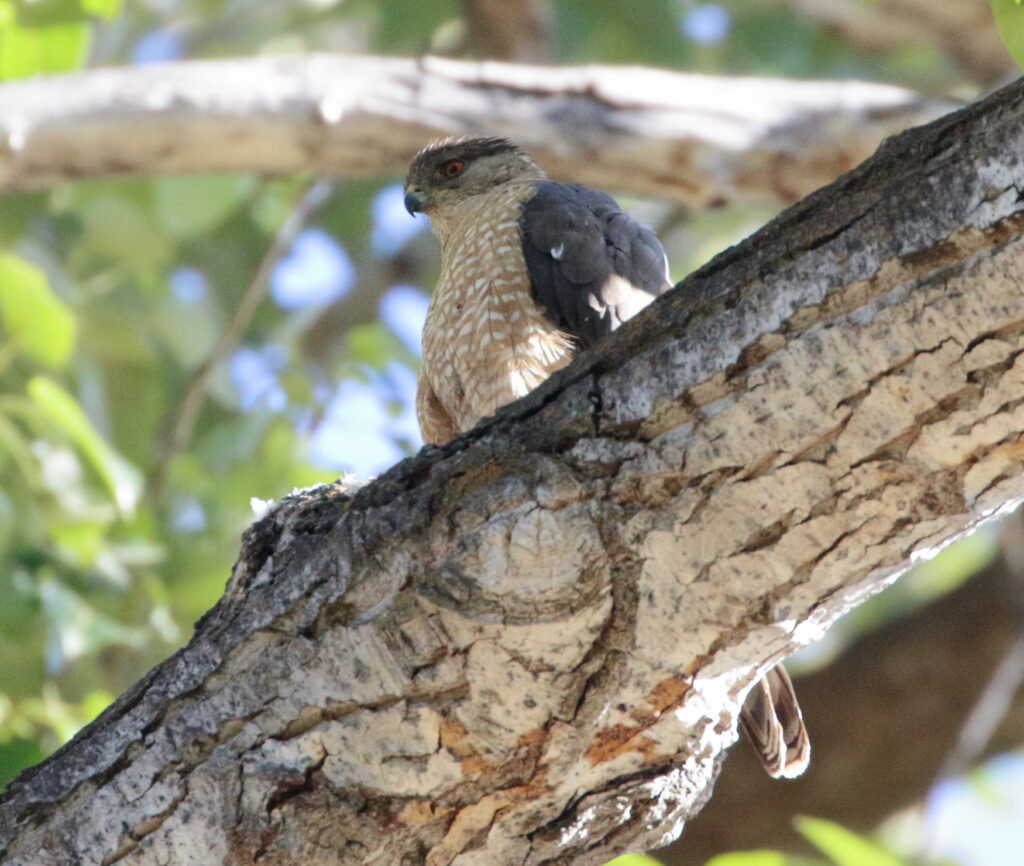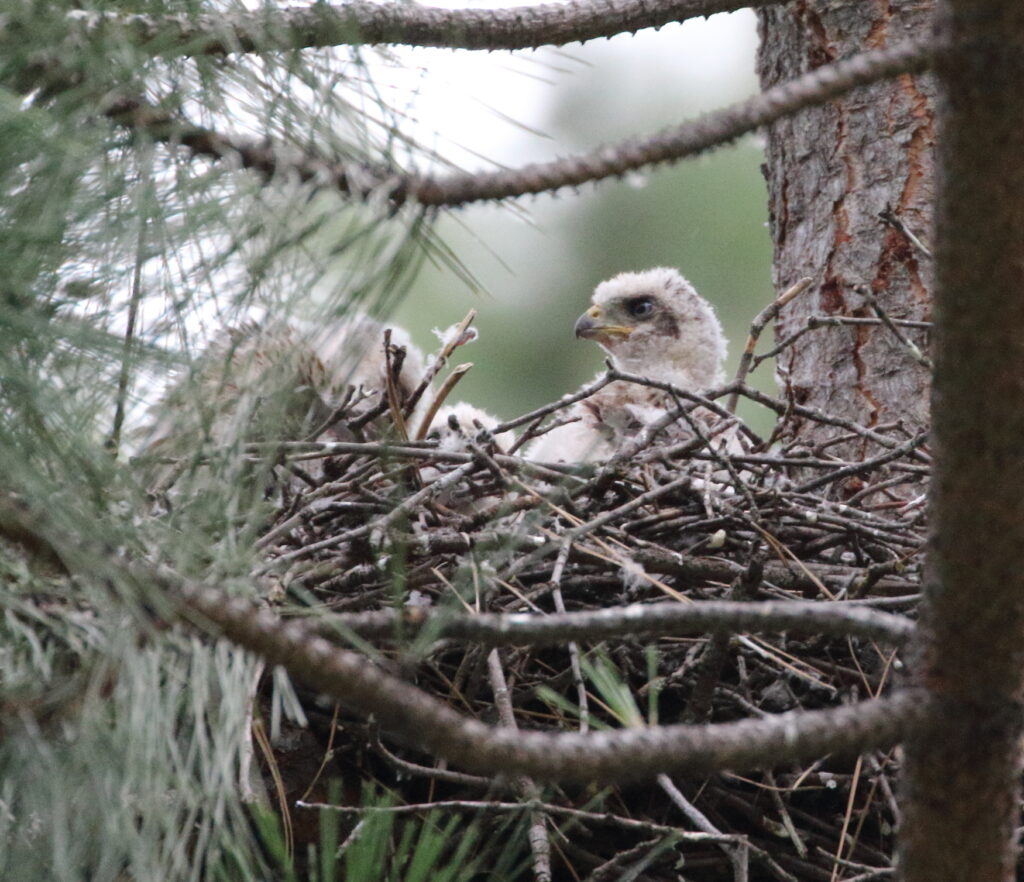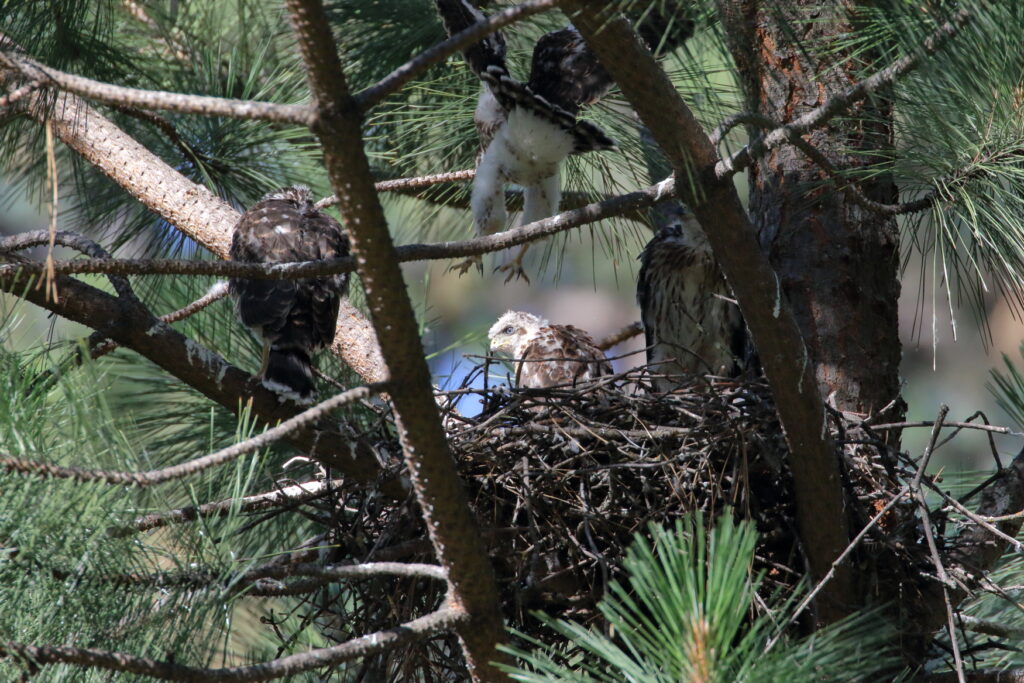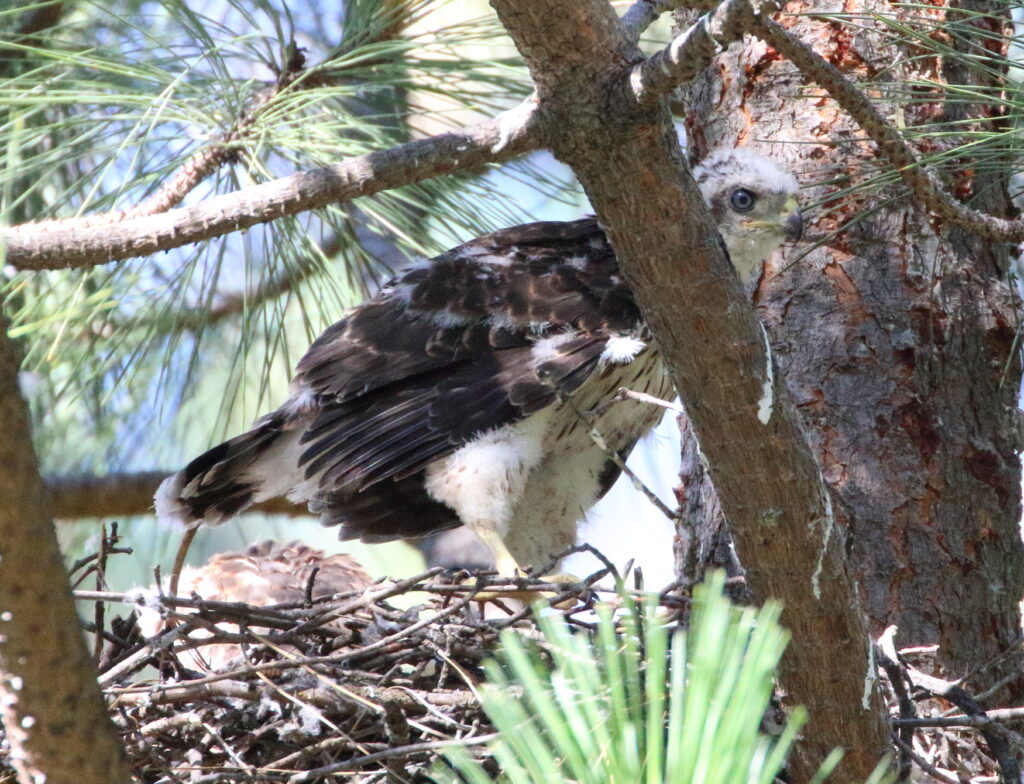Happy Labor Day Weekend, Everyone! We hope you are not laboring too much and, instead, getting out for some birding. We’ve been “blog quiet” for a few weeks, and that’s no accident. I have been once again driving for Missoula Fire Cache once or twice a week (see Birding by 5-Ton Truck), Braden came home from California & then jetted back to school in Maine, and the birds? Well, they’ve been pretty quiet. During his time at home, though, Braden and I decided on a last-minute two-day intense trip of birding, first to look for shorebirds and then to find a bird I had wanted to see for years. Here is Part 2 of our adventure, Part 1 to come soon. Enjoy!
They were the first birds of the day—a pair of roosting Osprey silhouetted against the indigo dawn sky at the Saint Mary’s entrance to Glacier National Park. We had arrived on schedule after rising at 4:00 a.m. and driving from our Super 8 motel in Cut Bank—the only affordable lodging within a 100-mile radius of Glacier. We had had to get here early, too, as the park’s new visitor policy required a reservation for anyone arriving between 6 a.m. and 4 p.m. Chances are we would have risen early anyway since we faced a long hike and, for me, a lifelong ambition: to see a White-tailed Ptarmigan.
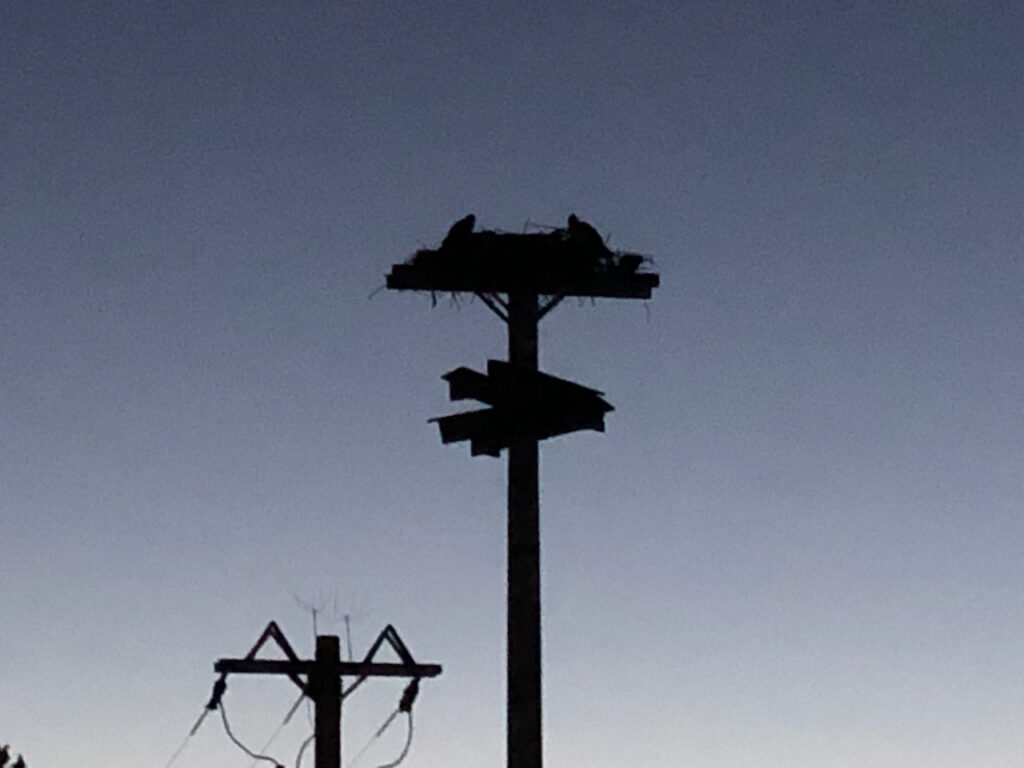
If this goal sounds familiar it’s because just a year ago, Braden had accompanied a storied group of other birders with the same mission and in the very same location (see Ptarmigan Party in Glacier National Park). Unfortunately, I had been forced to skip that outing because of work obligations—and now was my time to make amends. Entering the park with a handful of other early-rising vehicles, we quickly encountered our only charismatic megafauna of the day—a handsome black bear angling across the road. As the dim light gradually revealed the spectacular peaks around us, we drove for twenty more minutes until we reached the tiny parking area for the Piegan Pass trailhead. After getting ourselves sorted, we set out through forest, savoring our solitude, the crisp morning air, and more than anything, the enchanting smells of Glacier National Park.
Our hike would take us five miles and more than 2,000 feet up to Piegan Pass, a climb I’d always wanted to make but never had, despite spending an entire summer working as a cook in Glacier in 1979. In addition to our primary goal, we had several other targets, some more likely than others: Boreal Chickadees, Spruce Grouse, Black Swifts, Three-toed Woodpeckers, White-winged Crossbills, and any kind of rosy-finch. As we climbed one mile, then another, however, Braden remarked, “It’s quieter than it was last summer.” Still, I didn’t complain. It just felt wonderful to once again be doing a “real hike” with my son in one of my favorite places on the planet. And slowly, a few birds started showing themselves: Mountain Chickadees, Golden-crowned Kinglets, Chipping Sparrows, and to our delight, a pair of Boreal Chickadees (see Are You Ready for the QUACH?).
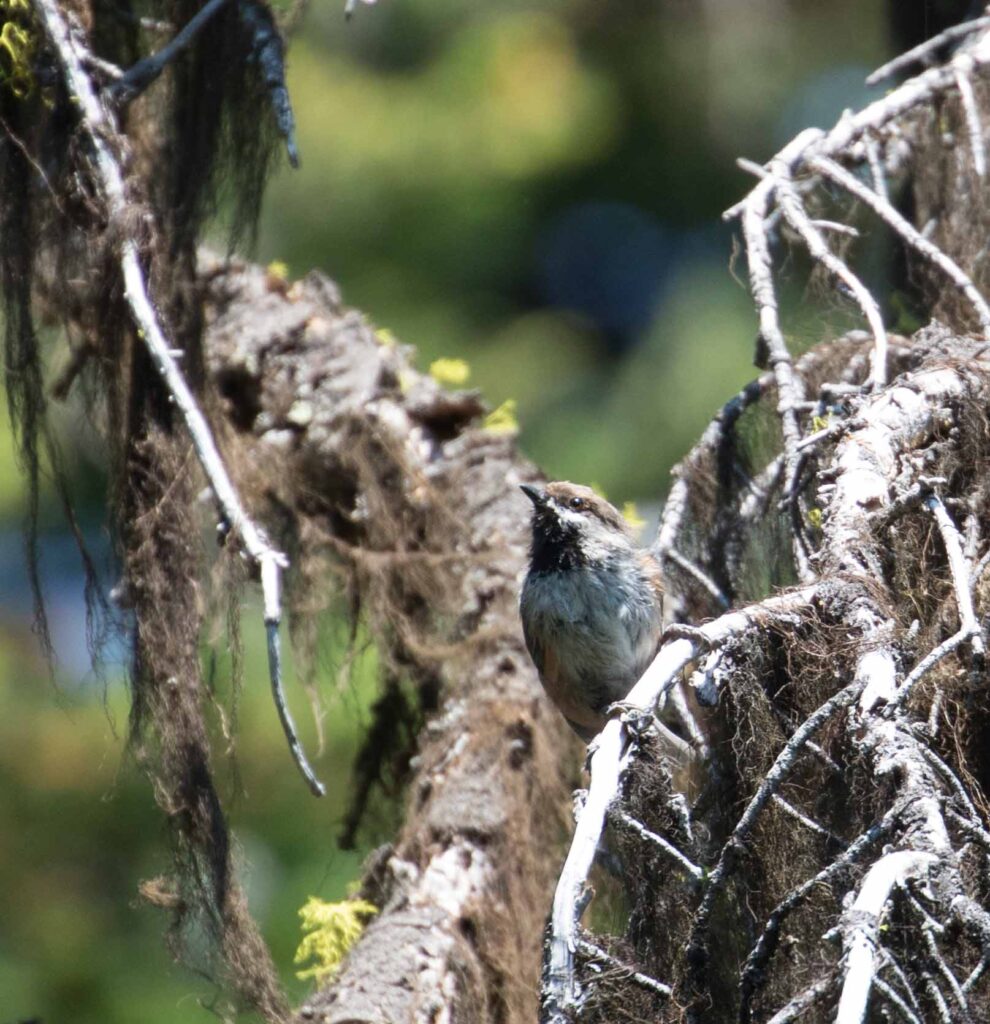
“Well, we got at least one target bird,” I said, and Braden nodded. As we climbed higher and higher, however, I felt anything but confident that the ptarmigan would be waiting for us. The thing about the White-tailed Ptarmigan, though, is that I was pretty sure I’d seen one before. In 1979, while hiking to Grinnell Glacier, I’d encountered a bird with a chick or two sitting right in the middle of the trail. At the time I felt certain it was a ptarmigan, but I hadn’t been a birder, and forty years on, I had reasoned, “Well, it could have been another kind of grouse.” Bottom line: I had never listed it and felt I still had to earn it for my Life List.
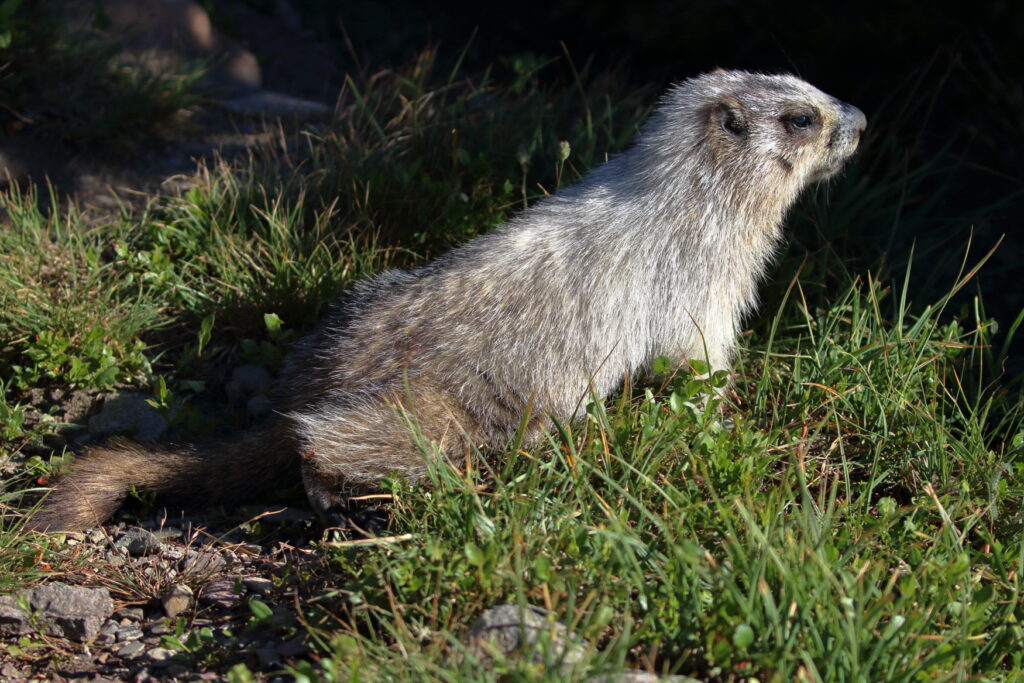
After about four miles, we left the last of the trees and could see the trail cutting across more than a mile of rocky slope up to the pass. My body had started to feel the effort and elevation by now, but that last mile passed remarkably quickly—perhaps because we were trying to keep ahead of this older Belgian woman who threatened to put us to shame. Where do these vigorous geriatric European hikers come from anyway??? In any case, we finally reached the pass and before beginning our ptarmigan search, sat on some rocks to enjoy lunch while staring out at one of the world’s most superlative views down the far canyon to the Many Glacier Valley.

After we stowed our daypacks behind some rocks, Braden showed me where they had found the ptarmigan the year before. “They like to hang out right at the base of snow banks with some cover nearby,” he explained. Despite our ultra-hot summer, some snow persisted at the pass and we began making our way along the bottom of the longest, most promising field. After ten minutes, we had discovered a couple of burly marmots and an adorable pika, but no ptarmigan and I began thinking, I guess we’re not going to see them today. I felt disappointed, but kept my positive attitude, focusing on the near-perfect, glorious day and the unparalleled views of Jackson Glacier several miles away. And, of course, I kept looking.

Braden had taken a higher route than I and disappeared around a bend. I walked more slowly, scouring every suspicious rock, and wondered if I’d even see a ptarmigan if my eyes happened to land on it. I scrambled down some rough scree to a lower level and started back toward the pass, hopping over rivulets of meltwater trickling over the rocks. I was standing at the edge of a little grotto when I heard a really strange noise coming down from the mountainside above. It was unlike anything I’d heard and I can’t even describe it here, but I wondered, “Could that possibly be a ptarmigan?” I didn’t think so, but hadn’t a clue what else it might be.

Just then, I saw Braden reappear above me and about fifty meters away. “Did you hear that noise?” I called.
“What?” he answered, too far away to hear me.
“Never mind,” I said—just as I happened to glance at the grotto behind me.
And for a split second, I wondered about the powers of wishful thinking. Why? Because not fifteen feet away, two birds walked slowly across the wet gravel. Two White-tailed Ptarmigans!
And they were real.
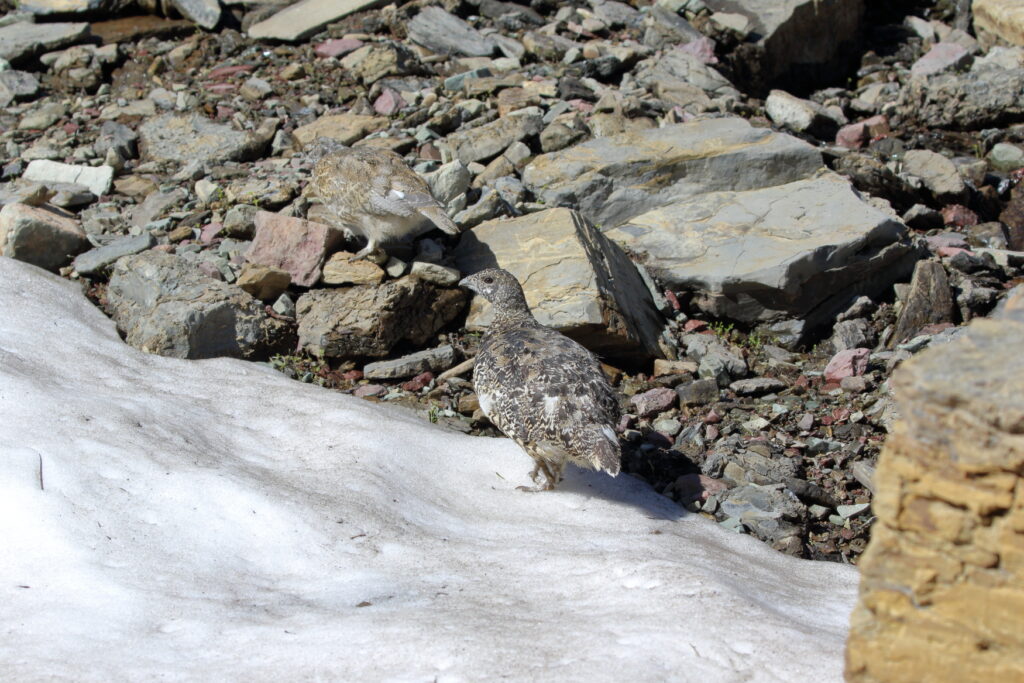
I stared at them for a moment and then whirled to holler, “Braden!”
“Do you have something?” he called back.
I excitedly held up two fingers and pointed behind me. A minute later, we were standing together admiring some of the coolest birds in Montana. The birds—an adult and a juvenile—seemed totally unalarmed by our presence. They gave us the once-over occasionally, but as long as we stayed ten or fifteen feet away, they seemed to have no problem with us. They just walked slowly, picking at the ground for various plant material and invertebrates as we took dozens of photographs and gave each other several hugs. Soon, we spotted a second adult doing its own thing ten yards away. It was a dream fulfilled for me, and perhaps even for Braden since we got to see them together. As we hiked back down the mountain, I felt real satisfaction at having experienced these amazing birds and a sense of peace knowing that they are still up there, high in the mountains doing their thing. I hope that you all get to see one for yourselves one day, but if not, please enjoy this video. It’s the next best thing.

